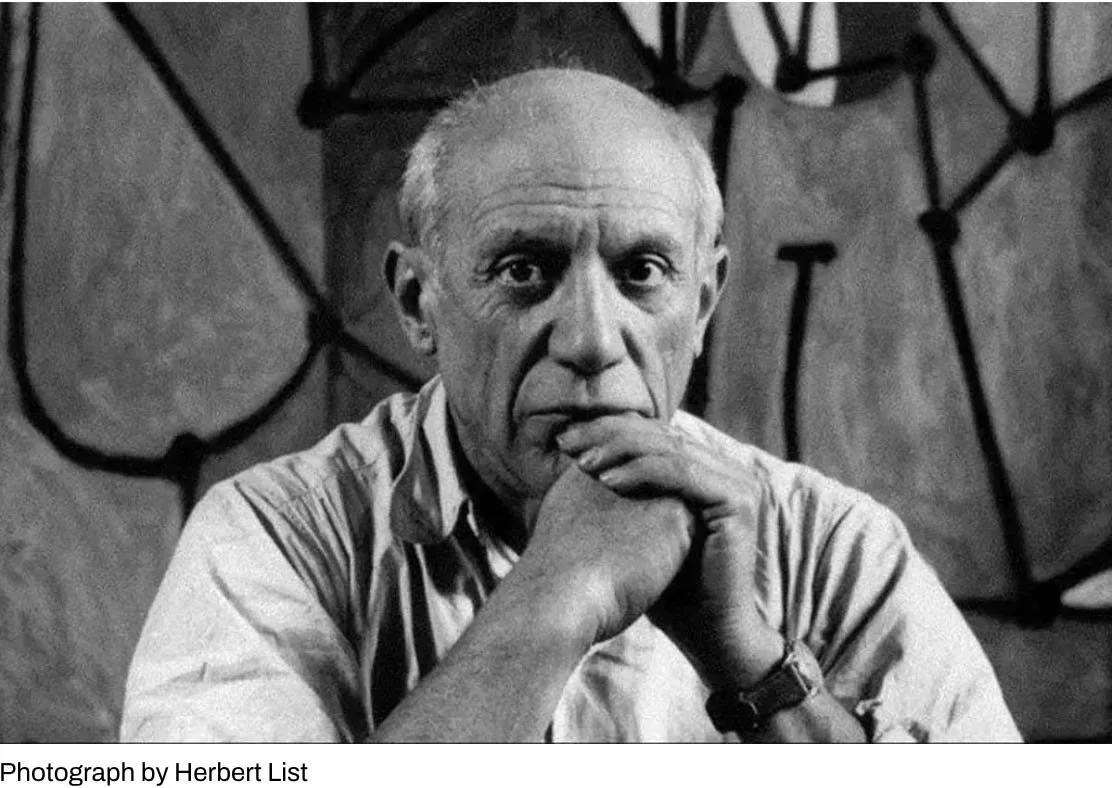Pablo Picasso
Pablo Picasso
Pablo Picasso (1881–1973), born in Málaga, Spain, is one of the most influential artists of the 20th century. Over a career spanning more than seventy years, he constantly reinvented his style, leaving behind an extraordinary legacy in painting, sculpture, ceramics, and especially printmaking.
Picasso’s career is often described through his stylistic periods. The Blue Period (1901–1904) reflected human fragility through somber colors and melancholic themes, while the Rose Period (1904–1906) introduced warmer tones and joyful subjects such as circus performers. By 1907, alongside Georges Braque, Picasso pioneered Cubism, a revolutionary approach that fragmented form and redefined perspective, altering the course of modern art. Later works, including his monumental anti-war painting Guernica (1937), expressed his political engagement and response to the tragedies of his time.
Although best known as a painter, Picasso was also one of history’s most prolific and inventive printmakers. Beginning in the early 1900s, he explored etching, lithography, linocut, aquatint, and drypoint, producing more than 2,000 prints over his lifetime. Collaborations with master printers such as Roger Lacourière and Fernand Mourlot gave him opportunities to push the boundaries of printmaking, often reworking plates and stones dozens of times to achieve new variations. For Picasso, printmaking was never just about reproduction—it was a medium for experimentation and discovery.
His most acclaimed print projects include the Suite Vollard (1930–1937), a series of 100 etchings exploring mythology, the artist’s studio, and the Minotaur, and the 347 Series (1968), created in a burst of energy late in life. These works, filled with wit, eroticism, and references to art history, show his unending curiosity and ability to merge technical brilliance with imagination.
By the time of his death in 1973, Picasso had transformed nearly every medium he touched. His vast body of prints stands alongside his paintings as a testament to his restless creativity and ensures his enduring place as one of the true masters of modern art.

